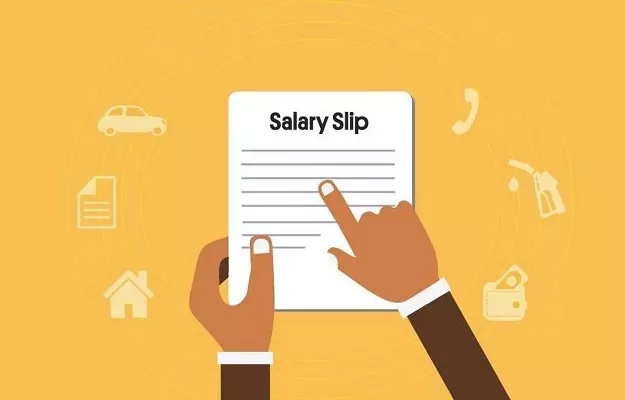Every salaried individual receives salary slips regularly, but the majority of them are unaware of the significance of this document. A salary slip is a document given to an employee by their employer. It includes a detailed description of the employee’s salary components such as HRA, LTA, Bonus paid, and deductions for a specific period, usually a month. Employers are required by law to regularly provide salary slips to their employees as proof of salary payments to employees and deductions.
Importance of a Salary Slip
A basis for calculating and paying income taxes
The salary slip serves as the foundation for calculating income taxes. It aids in the preparation of income tax returns and determining how much tax must be paid or how much refund must be claimed by the employee for the fiscal year.
Aids in borrowing
Salary slips give lenders confidence that their loans will be repaid. It is a necessary document for obtaining loans, credit, mortgages, and other types of borrowings.
Aids in evaluating offers
Employees can use their previous salary slips to compare offers from new employers. It also aids in salary negotiations with new employers or for new roles.
Employment verification
Salary slips are vital legal proof of employment. Applicants are frequently asked to provide a copy of their salary slip as proof of work and designation when applying for travel visas or university admission.
Salary Slip Components
Incomes
The following components appear on the salary slip under the income section:
- Basic Salary: This is the most critical salary component and accounts for approximately 35 percent to 40 percent of the total salary.
- Dearness Allowance: This is a stipend paid to employees to help them cope with the effects of inflation.
- House Rent Allowance (HRA): HRA is a stipend paid to employees to cover the cost of their house rent.
- Conveyance Allowance: This is a stipend that covers the cost of transportation from home to work and from work to home.
- Medical Allowance: This is a stipend to cover the employee’s medical expenses while on the job.
- Performance Bonus and Special Allowance: Employees are usually given a performance bonus or a special allowance as a form of encouragement.
- Other Allowances: Employers may pay various other allowances to employees for various reasons. They are covered in this section. Employers have the option of categorizing these allowances separately or grouping them under ‘Other Allowances.’
Deductions
The following components appear on the payslip under the deductions section:
- Provident Fund (PF): With certain exceptions, the employee made a mandatory contribution to a PF account in his name.
- Professional Tax: This tax is payable based on the employee’s tax slab and is only applicable in a few Indian states.
- Tax Deductible at Source (TDS): It is deducted by the employer on behalf of the income tax department from the employee’s salary based on the employee’s tax slab after other factors are considered. Click here to know about the full and final settlement.
As the driving force behind WikiPluck, I am dedicated to curating and sharing insightful knowledge across a spectrum of subjects. From technology trends to Business advice, WikiPluck strives to be a go-to resource for those seeking to enhance their understanding and make informed decisions.
Join me on this journey of discovery and enlightenment as we pluck the gems of wisdom from the vast landscape of knowledge.

